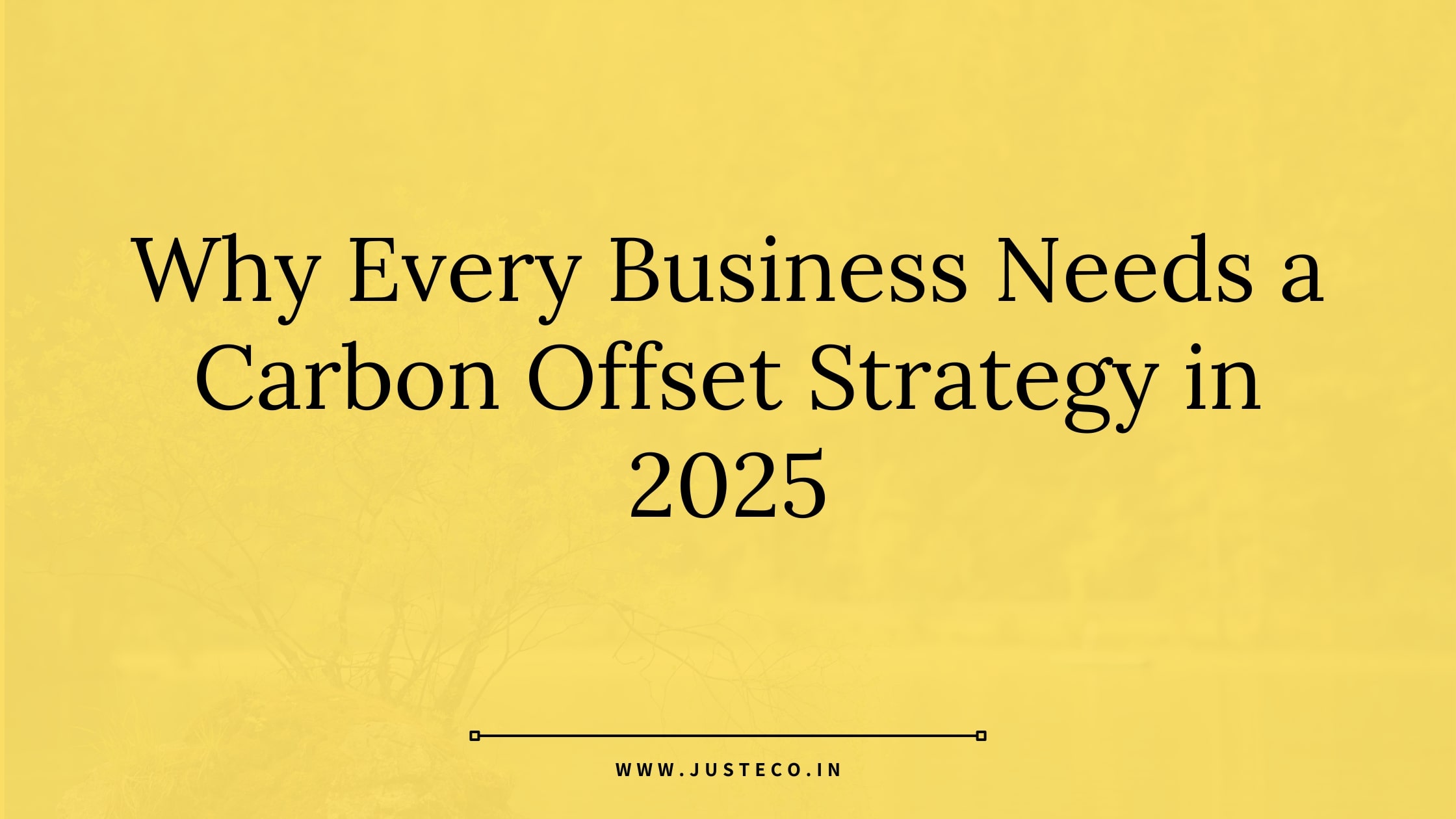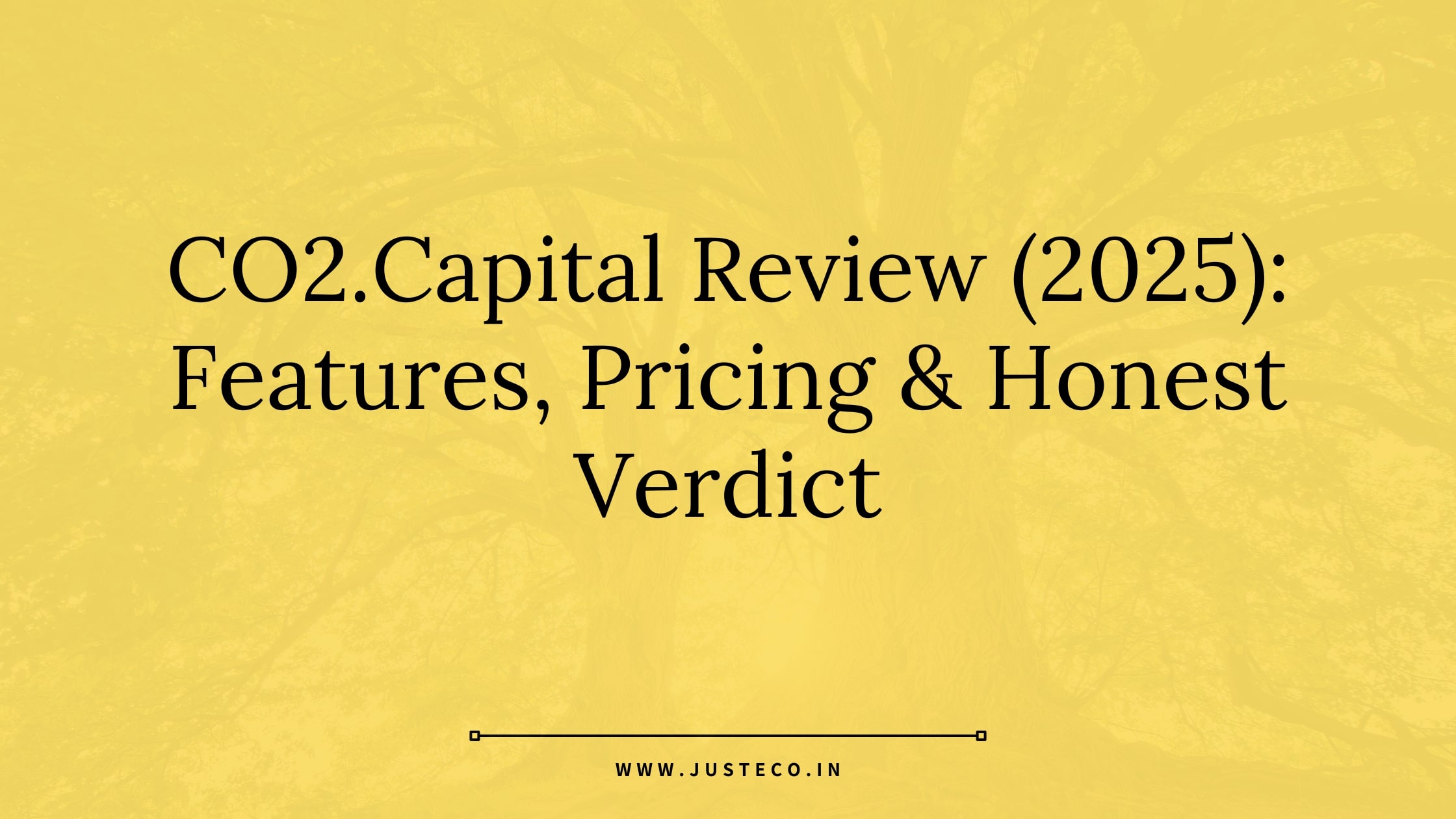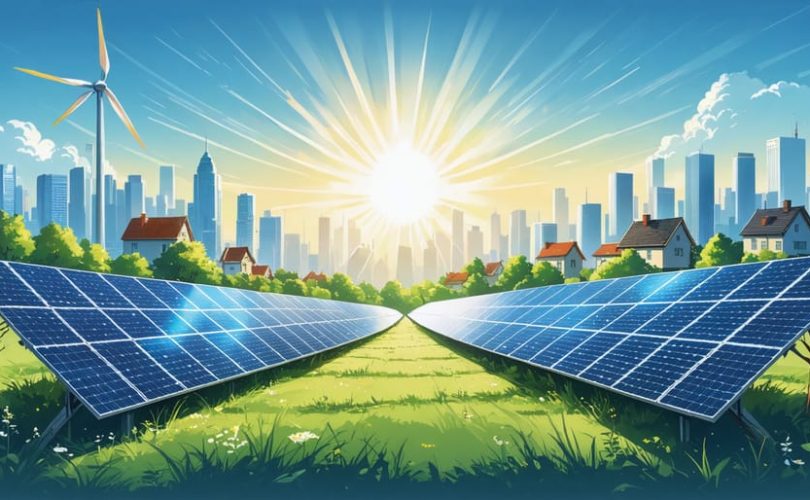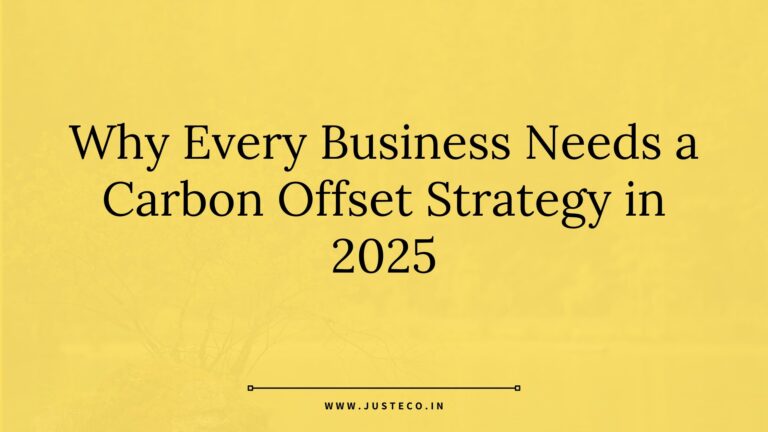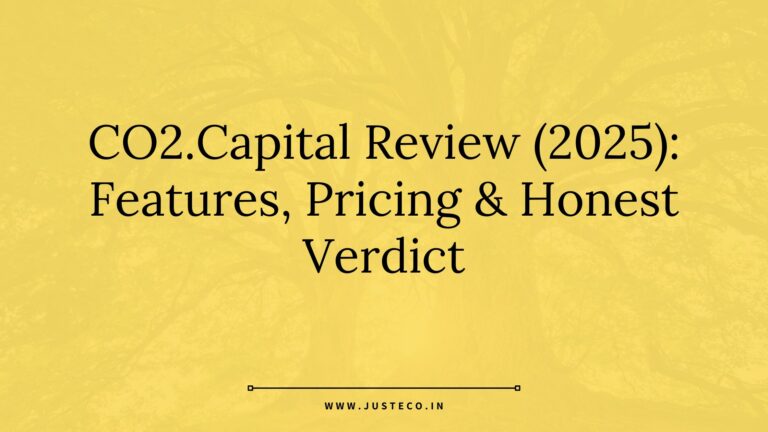Poor waste management, or inefficient disposal of waste, is a primary cause of numerous health and environmental issues. Understanding the importance of proper waste disposal is crucial for maintaining both human health and environmental safety. By waste disposal, we mean the appropriate handling of broken glass, plastic bags, cell phones, battery cells, and more. This process includes collecting, transporting, dumping, recycling, and sewage treatment, among other monitoring and regulatory measures.
There are multiple problems associated with waste disposal, such as landfills, outdated disposal systems, and toxic waste. Let’s dive into these issues and explore effective solutions.
Table of Contents
ToggleWhat Are the Waste Disposal Problems?
As mentioned earlier, waste disposal involves collecting, transporting, dumping and recycling or depositing unwanted, damaged, or used substances and products. So this leads to various problems associated with waste disposal.
1. Landfills Are the Major Problem
The majority of landfills don’t have adequate on-site waste management, which adds to the environmental risks. Long-term landfill leakage and pollution of nearby environmental ecosystems, including groundwater, make garbage management particularly challenging. They also release gases that could be dangerous.
Additionally, the laws and regulations governing landfill operations are frequently slack in monitoring and controlling the various waste kinds, such as medical waste, municipal garbage, special waste, or hazardous waste.
This kind of laxity in the regulations governing landfill waste management considerably increases the toxicity and hazardousness of the landfills to the point where the problems with landfill waste frequently persist for up to 30 years.
2. Poor Laws and Regulations
The waste disposal industry has turned into a profit-making venture, often sidelining waste reduction efforts. Large enterprises now control waste disposal and sewer systems, focusing on profits rather than efficient waste management. This shift has resulted in poor regulations and inadequate waste management practices.
3. There Is a Lot of Toxic Waste
Most of you might not know, but you use a lot of toxic products like batteries, solvent-based paints, cleaning & polishing chemicals and pesticides & other garden chemicals. So, these products must be disposed of properly to avoid risking our health and environment.
There is a strong chance that these products might contain toxic chemicals like Biphenyl-A (BPA), which is present in plastic toys. So, it’s better that they should be disposed of properly.
Not only the product but the packaging is also one of the major issues with waste disposal. Packaging makes up 30% of MSW and is one of the largest and fastest-growing categories of solid waste; 40% of the waste is plastic, which can never biodegrade. The issue of dealing with waste disposal is made worse by this level of toxicity and inadequate regulatory restrictions.
4. Dependency on Old Technologies
There are still many places where waste disposal and management facilities use old and inefficient technologies to dispose of waste instead of effective disposal technologies. As a result, it has led to an ongoing dependency on the usage of antiquated methods for garbage disposal.
The issue is that most states, especially those that deal with solid waste, are unwilling to advance new technology that would lower the toxicity and amount of garbage or improve recycling. So, this has been one of the major problems with waste disposal.
5. Green Technologies are not Actually Green
There are some recycling technologies, including gasification, pyrolysis and plasma incineration, that are marked “Green”. But that’s not true. They are not 100% green. When the waste is burnt, the toxic materials are released into the environment, which is why it’s not an ideal solution for waste disposal. This is why the “Green” technologies are not completely green.
Also Read: Green Business Ideas: How Eco-Friendly Business Ideas Will Change Your Life
6. Improper Recycling
Improper recycling practices further exacerbate waste disposal problems. Many people are unaware of what can be recycled and how to separate recyclable items from general trash. This lack of knowledge leads to contamination of recyclable materials, making the recycling process more challenging and less effective.
Solutions to Waste Disposal Problems
1. Use of Effective Waste Disposal and Management
If there is effective waste disposal and management strategy, we can have improved solutions for these problems. It makes sure that new and affordable facilities are gradually improved in order to promote higher environmental protection standards.
An efficient management plan would also ensure that landfills are strategically placed to facilitate garbage collection, transfer, monitoring, and recycling. So, the waste disposal plan should be implemented, which can monitor and regulate solid & food waste, sewage sludge, construction waste, livestock waste and clinical waste. In this way, we can effectively overcome waste disposal problems.
No products found.
2. Go Eco-Friendly
With the use of more and more unsustainable products, it becomes even more difficult to dispose of them. So, instead of unsustainable products, use eco-friendly products that can easily be recycled or disposed of.
Local authorities and communities should put more effort towards educating people about the importance of waste management. People should be taught how ineffective waste management can affect the environment as well as their health. There should be more and more use of environmentally friendly products.
3. An Approach Towards Waste Transfer and Diversion
Waste diversion plans are crucial for addressing waste disposal issues, particularly landfill and sewer waste. Local governments and state waste management facilities should create waste diversion strategies to ensure proper disposal at designated facilities. Improving waste transfer routes and equipment can enhance the environmental performance of waste disposal operations.
No products found.
4. Recycling Properly
You need to make sure you recycle the waste properly to avoid contaminating the whole recycling batch. This is one of the most effective solutions for waste disposal. Recycling supplies raw materials for making new products conserves energy and keeps waste out of landfills and incinerators.
By doing this, these resources are preserved and used for as long as feasible. Give workers an alternative to the garbage can by providing specific bins for recyclable materials, including paper, plastic, and glass.
No products found.
5. Composting
\Composting is an eco-friendly solution for organic waste, such as food scraps and certain paper products. Using tight-sealing compost bins can reduce odors and deter pests. Compostable bags make it easier to transport compost to a drop-off location or an outdoor compost pile. Encouraging composting in cafeterias and break areas can further reduce waste.
No products found.
6. Monitoring and Controlling Illegal Dumping
Illegal dumping, or fly tipping, is another major problem with waste disposal. This needs to be monitored and controlled so waste management can easily be managed.
Construction and demolition materials can be creatively reclaimed, reused, or repurposed in other projects like landscaping, village houses, recreation facilities or car parks, or roadways with the control and monitoring of landfilling and fly-tipping activities in the field of public works.
These methods can be effectively used to manage the building and demolition waste that occasionally ends up in landfills, greatly complicating solid waste management.
Conclusion
Addressing waste disposal problems requires a multifaceted approach, incorporating effective waste management strategies, eco-friendly practices, proper recycling, and composting. By tackling these issues head-on, we can move towards a more sustainable future and protect both human health and the environment. Implementing these solutions will help manage waste efficiently and pave the way for achieving zero waste goals.



